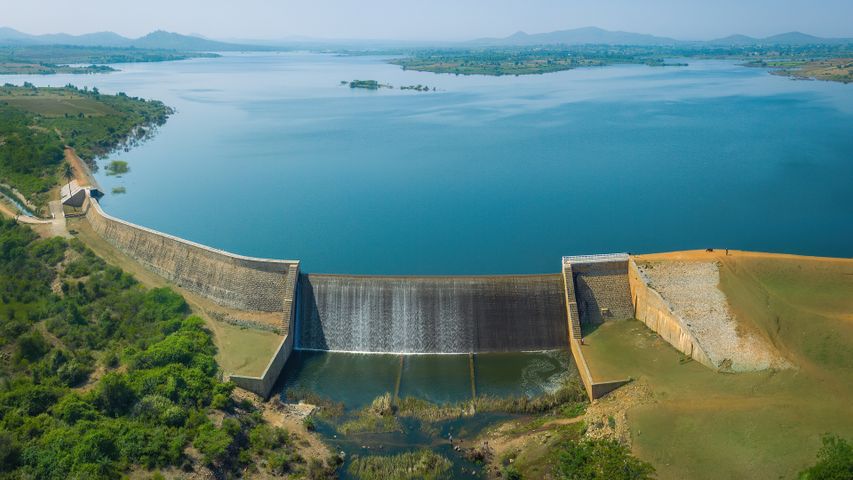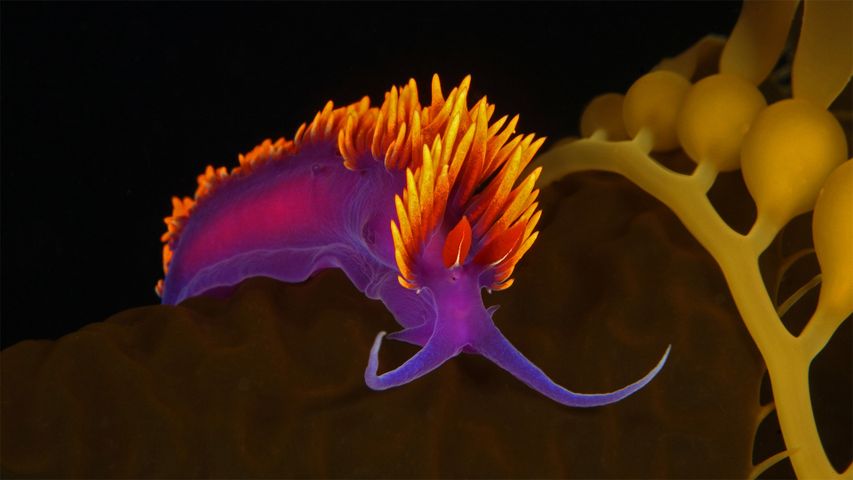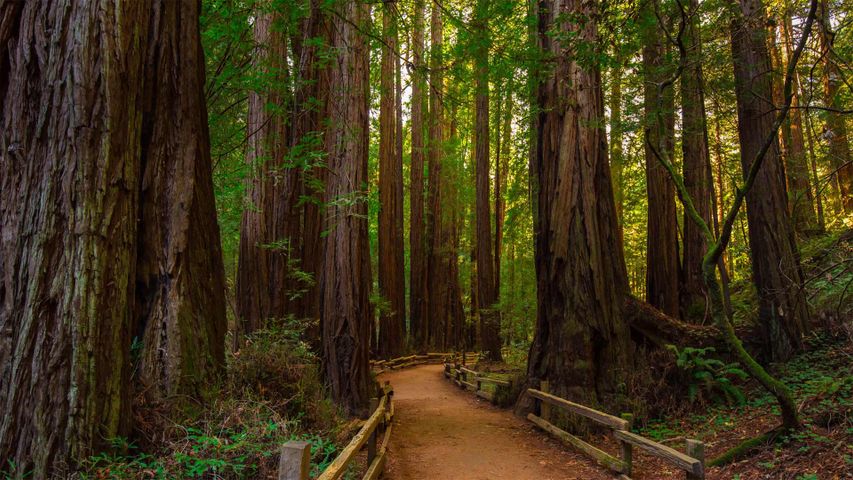Sossusvlei sand dunes, Namib desert, Namibia
© Airpano/Amazing Aerial Agenc
Shifting horizons. Sossusvlei sand dunes, Namib desert, Namibia
Picture a sea of shifting sand dunes glowing orange in the sunrise, stretching as far as the eye can see. Welcome to the Namib desert, spanning thousands of kilometres across Namibia. Estimated to be 55 million years old, it is believed to be the oldest desert in the world. At the heart of this vast, arid expanse is Sossusvlei, seen in today's image. A salt and clay pan surrounded by towering dunes, Sossusvlei tells a story of contrasts. Every 10 years or so, an extraordinary event occurs when the Tsauchab River floods the pan, transforming it into a stunning turquoise lake. From the adaptable gemsboks to the ingenious Namib desert beetle that drinks fog droplets that collect on its back, the Namib is brimming with stories of survival and resilience.
The Thar Desert—also known as the Great Indian Desert—shares a similar vastness, stretching across the north-western part of the Indian subcontinent. This desert approximately covers 200,000 square kilometres across India and Pakistan. Ranking as the 18th-largest desert in the world, it is also the 9th-largest hot subtropical desert. Around 85% of this desert is in India, with the remaining 15% in Pakistan. In India, it spans about 4.56% of the total geographical area, with over 60% of it lying in the state of Rajasthan, while the desert also extends into Gujarat, Punjab and Haryana.
Related Images
Bing Today Images
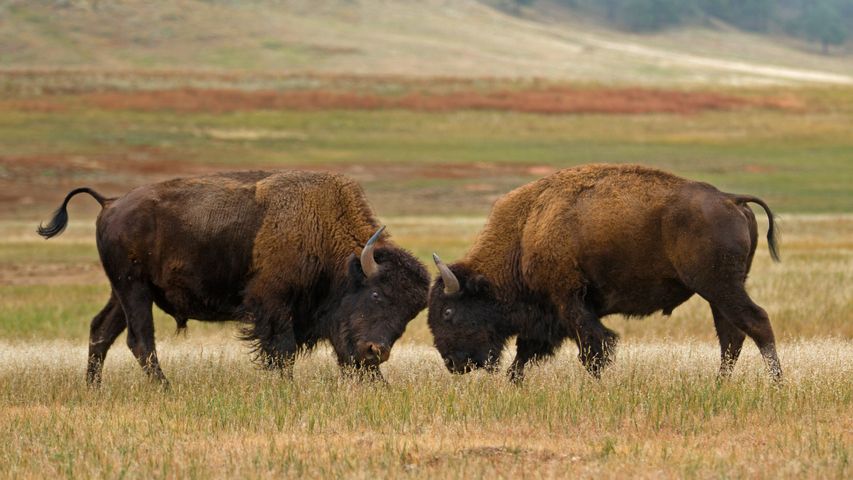
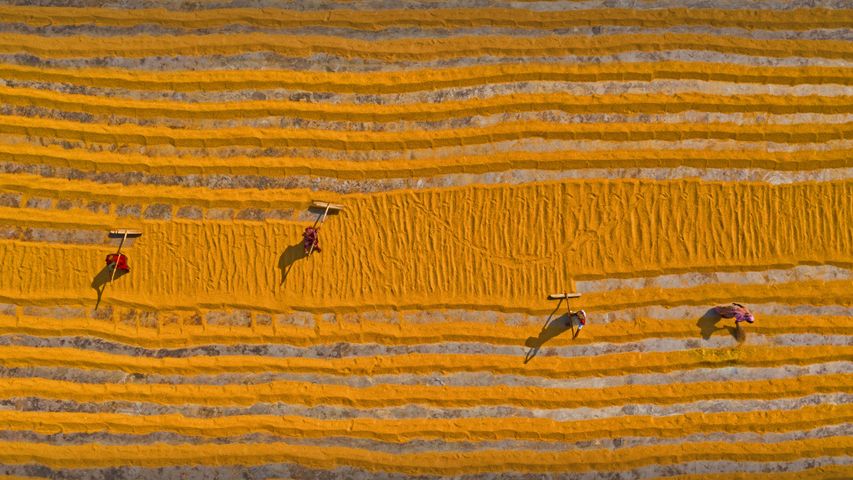
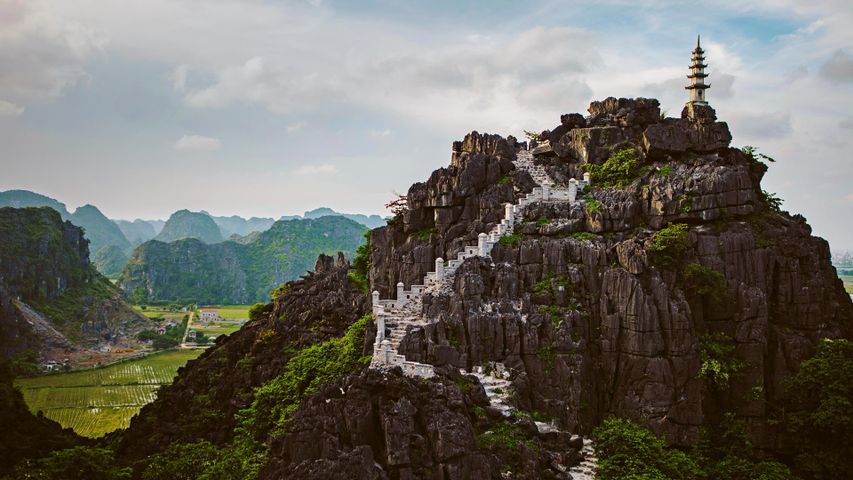
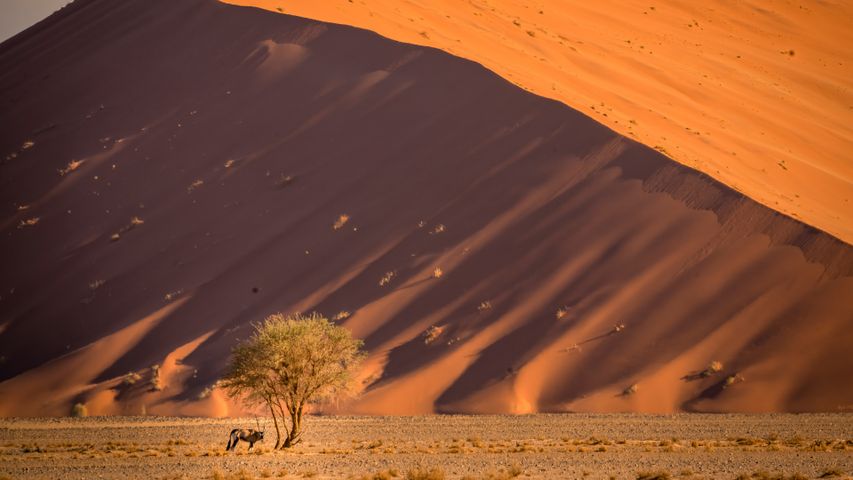
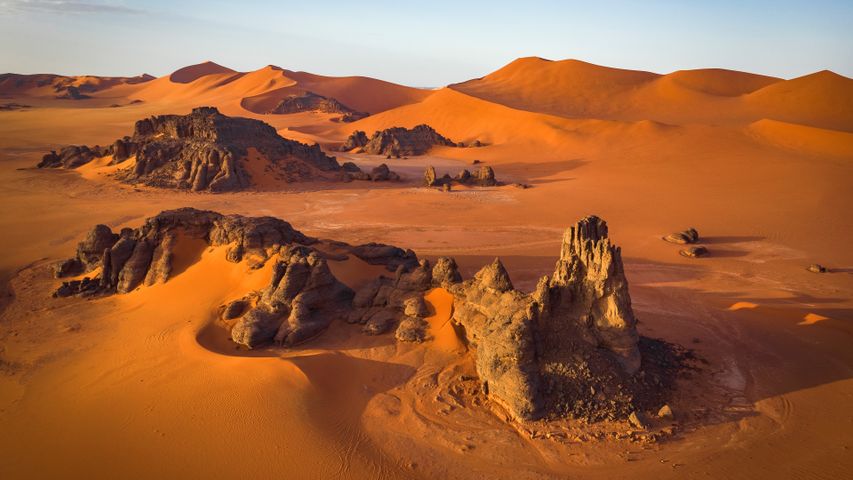 Rock formations and sand dunes in the Sahara, Djanet, Algeria
Rock formations and sand dunes in the Sahara, Djanet, Algeria
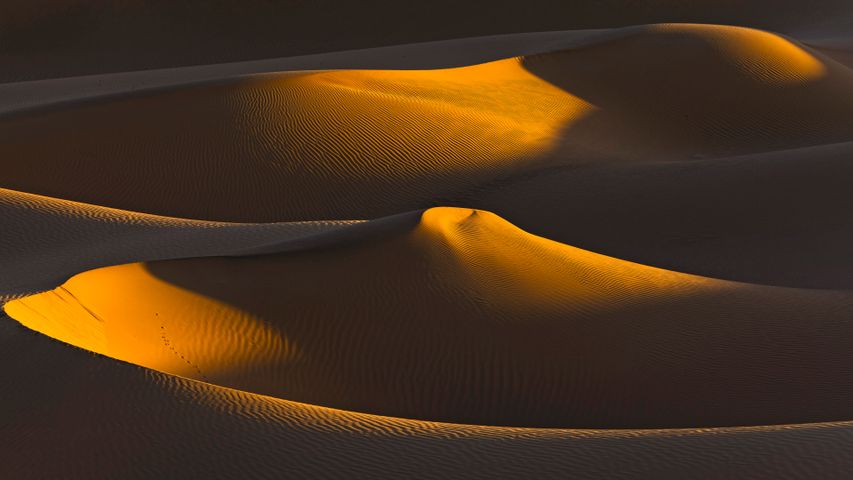 Last rays of sun on a group of dunes, Sahara, Algeria
Last rays of sun on a group of dunes, Sahara, Algeria
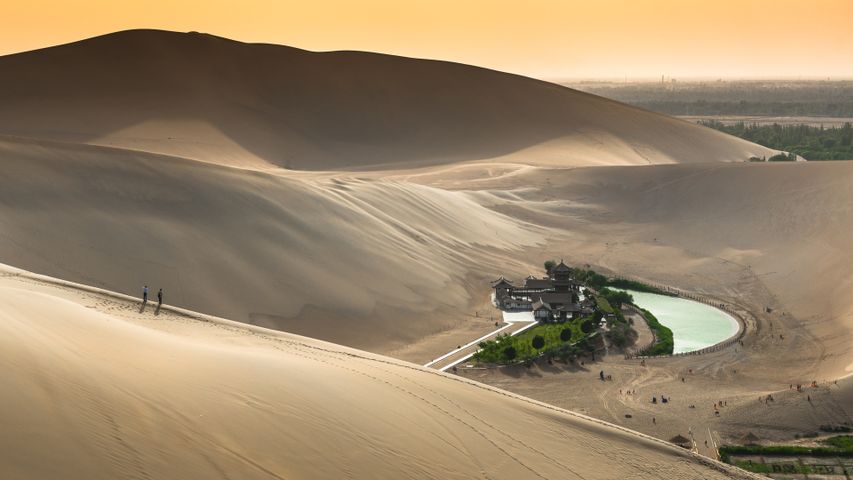 Crescent Lake near Dunhuang, Gansu Province, China
Crescent Lake near Dunhuang, Gansu Province, China
